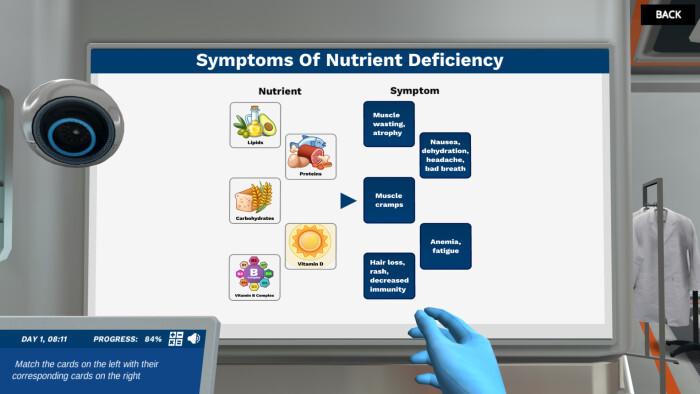5 Engaging Ways to Teach Absorption in the Small and Large Intestines

The small and large intestines are part of the human digestive system. They are responsible for absorbing nutrients from the food we eat. These nutrients are then passed onto the bloodstream, and to the cells that need them.
Absorption in the intestines is an intricate process. Students may find it hard to grasp, especially if they encounter it for the first time. Lessons can be highly technical, making them hard for students to appreciate.
But this topic can be made simple and more fun to learn. Here are five ways you can teach absorption in the small and large intestines in more engaging ways.
1. Engage Students with Interactive Models
Interactive models are a step up from traditional textbooks. When students use these models, they can gain a better appreciation of how the intestines look like and how they work. They can freely rotate, zoom in, zoom out, and manipulate the models however they want. These models also make it easier to find the different parts of the small and large intestine.
Use interactive models like Labster’s Absorption In the Small and Large Intestines: Journey from the stomach to the bloodstream Virtual Lab to teach this concept in a more engaging manner. Through this tool, students can explore how the intestines work on their own.

2. Make the Topic Fun with Games and Activities
Games and activities can facilitate learning better. Students remember concepts well when they have fun while learning them. For example, trivia games can help with recall of key concepts. Students love discovering fun facts about the lessons they’re studying.
Virtual lab simulations, such as the Absorption In the Small and Large Intestines: Journey from the stomach to the bloodstream Virtual Lab by Labster, are also excellent teaching aids. They let students explore the intricacies of the intestines without getting their hands dirty. It’s perfect for students who may get grossed out with real biological specimens.

Discover the Absorption In the Small and Large Intestines virtual lab today!
3. Infuse Technology into Lessons
Today’s young generation are known as digital natives. In other words, they grew up with technology always within their reach. They cannot imagine a life without technology, so they certainly cannot imagine school without it.
Tools like virtual reality, augmented reality, and simulations all help to enhance the learning experience. While textbooks remain useful, teachers should augment these with the latest technological tools. The students of today learn best when technology is there to make learning more interactive.
4. Inspire Students Through Career Exploration
Students have a better appreciation for topics that they can use in their future careers. In the case of absorption in the intestines, educators can connect this topic to medicine. For students who want to work in the healthcare field, learning this topic will be helpful.
In particular, students who aspire to become medical doctors, nurses, and nutritionists will benefit from learning this topic. Teachers may tell students that they will be better doctors and nurses if they master this concept.
5. Connect Topic to Real-World Applications
Absorption in the intestines may seem like a far-out concept at first. It would certainly help students if they realize how it applies to the real world and in everyday life.
For example, learning about how the intestines absorb nutrients can make students more conscious of their diets. Learning about this concept may inspire them to eat more healthy food. It may also make them think twice about eating foods loaded with salt, sugar, preservatives, and other unhealthy ingredients.
Final thoughts
Using more than one method to teach absorption in the small and large intestines helps students master the topic. They gain a better appreciation of key concepts, and they would be encouraged to learn on their own. As they explore the intestines and how they work, students will have no problems understanding how nutrients are absorbed.
Also, not all students learn in the same way. Some are visual learners, while some prefer sounds, and others prefer to explore and manipulate models. This is where Labster simulations come in. The Virtual Lab, Absorption In the Small and Large Intestines: Journey from the stomach to the bloodstream can help teach this topic to students. They can explore the structure and function of the intestines at their own pace. They can repeat the simulation as many times as they want, too. This way, they can really master the concepts behind this topic.





